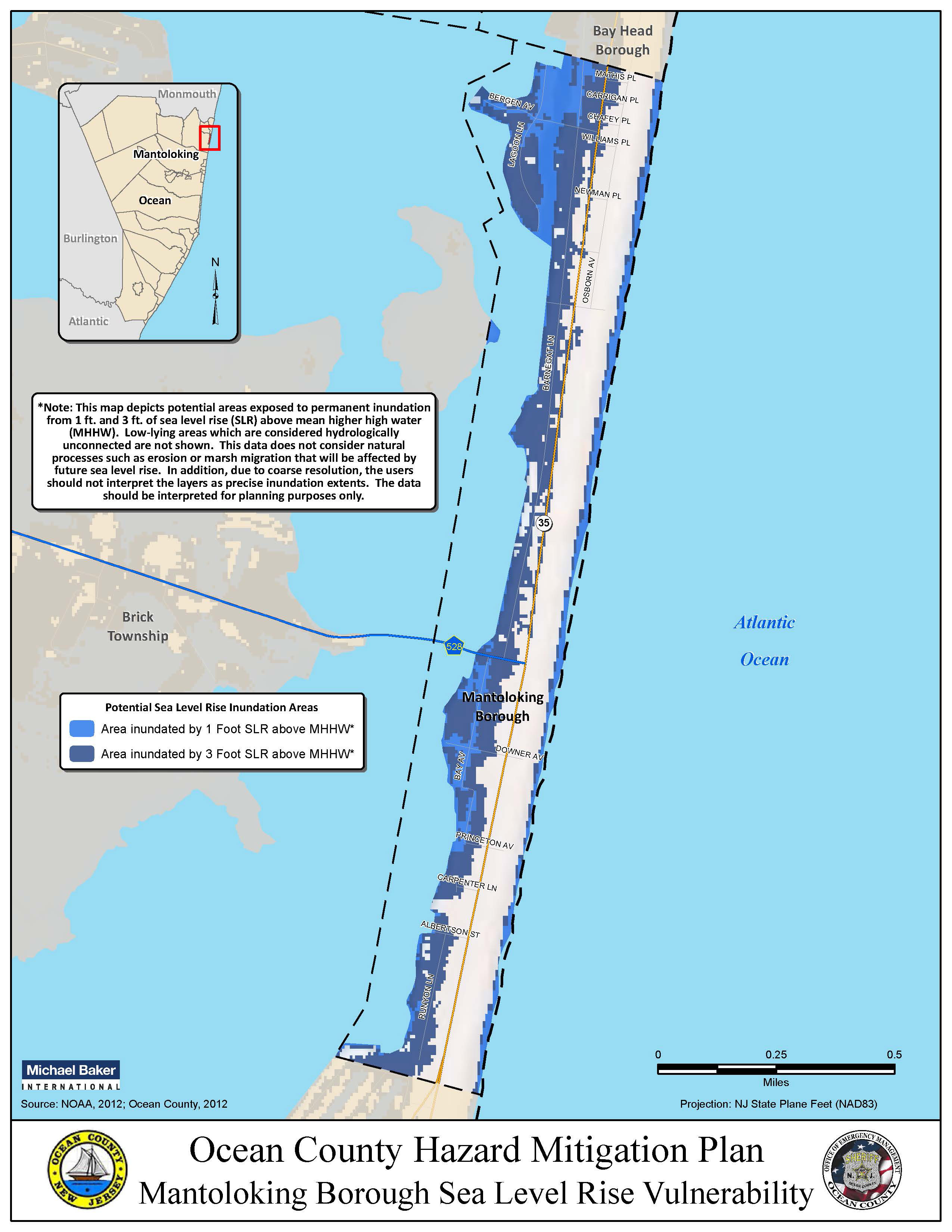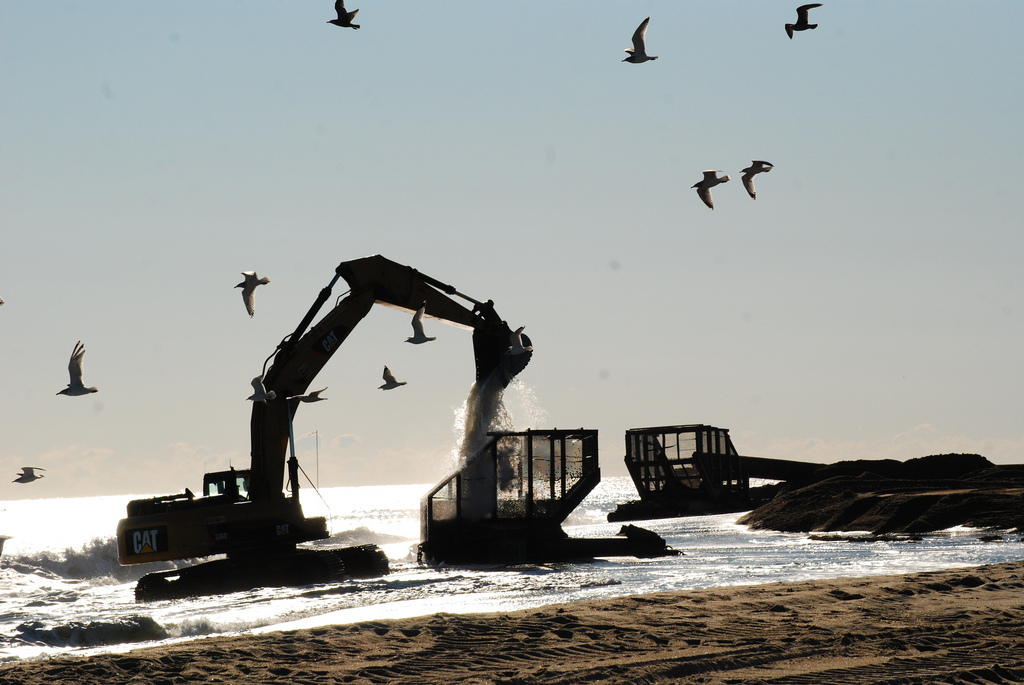
This cookie is set by GDPR Cookie Consent plugin. The cookie is set by GDPR cookie consent to record the user consent for the cookies in the category "Functional". The cookie is used to store the user consent for the cookies in the category "Analytics".

These cookies ensure basic functionalities and security features of the website, anonymously. Necessary cookies are absolutely essential for the website to function properly. Rain for Rent continues to provide ongoing support for storm recovery. The water was kept in tanks and later removed by vacuum truck in and around the Financial district and Water Street in Lower Manhattan over several days. Rain for Rent tanks were used along with air operated diaphragm pumps to assist in the basement dewatering. Mixtures of oil, fuel and other contaminants in these basements meant the water could not simply be discharged into the city’s storm sewer system. Much of the Lower Manhattan basements were flooded by a mix of storm and sea water. In all, the pumps ran for 36 hours straight, draining all of the water from the train station. Army Corps Of Engineering divers helped repair valves in the tunnel so water would not flow back in. The barge carried two DV300 pumps providing 8,000 GPM of dewatering. There was no access to create a pump station on land and access the tunnel, so a barge was floated in the port. Army Corps of Engineers and using DV300i pumps to boost the flow of submersible pumps, construction pit flood levels dropped four feet within four minutes of operation.Ī major hub of transportation near the port of Newark needed to be drained. The system was designed by Rain for Rent to run at the needed 2,000 GPM to return the facility to operation.īelow grade construction at the World Trade Center flooded with millions of gallons of storm and sea water. Dozens of pumps, tanks, spill containment solutions and hoses to were used for dewatering needs.įire suppression systems were provided water by high head pumps, capable of producing up to 2,000 GPM at 150 psi and personnel while the facility was brought back online.Īdditionally, Rain for Rent had to recreate wastewater systems in one refinery with two DV150i pumps, sand-media filtration and carbon filtration to lower the total organic compound levels to less than 2 parts per million. Refineries and a tank terminal blending facilities in New Jersey utilized Rain for Rent to help them salvage their operations and begin producing fuel for the surrounding area. Three teams worked 24 hour shifts, providing continual pumping for the utility.įuel supplies in the cities dwindled and Refineries struggled to get back to normal operations.

Rain for Rent provided pumping needed to empty the underground transformer vaults to allow repairs to be made and power restored. Much of lower Manhattan remained in the dark for days following the storm. One transmission center flooded that provided electricity for more than 900,000 customers and millions of New York residents. More than 100,000 power lines were downed by the storm and surge. Water had to be pumped through the 1.3 mile long tunnel to discharge back into the ocean.

#Hurricane sandy a level case study generator
In addition to emergency generator power and piping systems at the Brooklyn Battery Tunnel, Rain for Rent mobilized HH125 and DV150i pumps to dewater the Queens Midtown Tunnel from the Queens and Manhattan sides. Dewatering the tunnels would allow additional support and relief operations access to the city. Tunnels used by vehicles to access New York were completely underwater. grapple with dewatering to begin recovery. In all, more than 530 pumps were mobilized to the New York / New Jersey area along with100 Rain for Rent employees to help the residents and companies of the Eastern U.S. Equipment was dispatched to various sites to support the needs of the Northern New Jersey and the New York City metro area. The hurricane brought a storm surge and sent 10 foot walls of water through New York and New Jersey, affecting millions of residents and companies in the area and killing more than 130 people.Īs the storm passed, the flood waters remained and Rain for Rent’s mobilization and emergency preparedness helped residents and businesses across the affected areas. What later became known as Hurricane Sandy devastated the eastern seaboard of the United States on Oct 29. On at the news of a coming “Frankenstorm,” Rain for Rent began to mobilize equipment and personnel from the Western and Southern United States for managed emergency response.


 0 kommentar(er)
0 kommentar(er)
